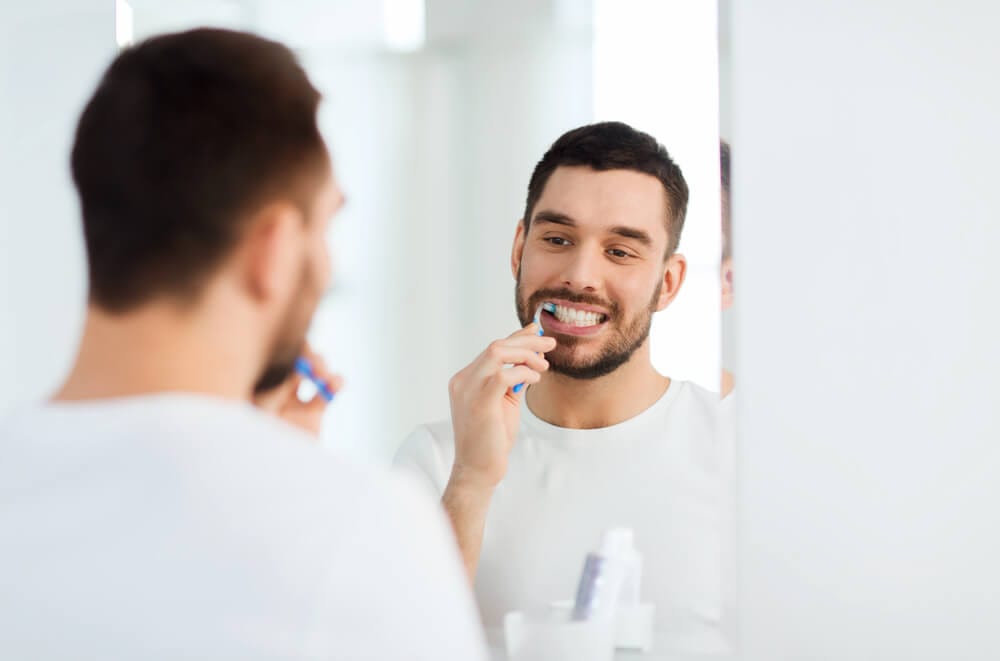Dental emergencies happen without warning and can occur anytime and anywhere. Oftentimes it is not possible to get to the dentist right away because you may be at some distance from one or a dentist may not be immediately available. Acute dental emergencies, such as oral pain, bleeding or swelling, are harder to handle during a natural disaster and as such there should be preparations for oral health in place when you create a disaster plan for your family. Dental care takes a backseat during major natural disasters, like tornadoes, earthquakes, fires, or floods, and human disasters, such as riots, terror attacks. Even dental practices may be closed during disaster situations, like the one seen in California from electrical shortage where dentists could not operate without electricity. And hospitals generally do not have any dental services, so you may have to deal with pain for hours or days. We provide you some information on dental first aid and dental kit to prepare you for any dental challenges, when no professional dental help is available.
Prevention is Best
Whether you are at home or travelling always make sure you are current with your dental check-ups to prevent any nasty surprises later. A routine regular visit to the dentist every six months can prevent gum infections, gingivitis, cavities, and periodontal diseases. Dentists will examine your mouth thoroughly and notice if there are any cavities that can be repaired or if your fillings are worn down and need to be fixed.
As part of preventative care, you should maintain good oral hygiene and take proper care of your teeth by brushing and flossing teeth regularly. It is easy to avoid cavities and gum infections with this daily habit. Even after crises situations, when you are under stress, do not break your good oral habits. Gingivitis or gum infections are more common during times of emotional and physical stress, especially with poor oral hygiene.
While it is advisable to always clean your teeth using a toothbrush with toothpaste but in emergency survival situations you may not have access to either, so you can fall back on other alternative ways like using a wash cloth to remove the bacteria-laden plaque from the surface of the teeth. You can chew on the end of a thin green twig from a non-poisonous tree to make it soft and fibery and use this end as a brush to clean your teeth and gums. If nothing else is available, use your finger.
Dental first aid kit
You can buy a premade dental emergency kit from the market and add items to them to make your own dental emergency first-aid kit. Here are some things that should be in your kit to treat dental emergencies-
- Nitrile Gloves – Always wear protective gloves from your first aid kit, especially if there’s a wound or bleeding, to prevent the spread of infectious diseases.
- Temporary Filling Material – Shop around for Tempanol or Cavit temporary filling to provide support to a loose tooth and to cover any hole left from a decaying tooth to protect the sensitive nerve under the decayed tooth. You have to periodically reapply till you get a real filling.
- Orajel – You can get similar products to Orajel that are used to treat mouth sores to help reduce tooth pain.
- Clove Oil (eugenol) – This natural oil can be applied to a cotton ball and placed on the tooth to relieve pain. Remember not to swallow it. You can even place a fresh clove on the sensitive area to numb toothache.
- Cotton Balls, Gauze Pads, and Q-tips – These essentials are needed to apply medications during a tooth extraction or on an abscess, cheek or gum.
- Hydrogen Peroxide – Swishing peroxide around the mouth and gargling with it can help clean and disinfect the teeth and gums.
- Salt – Food debris often get caught under a filling or in a cavity, leading to severe pain. But rinsing the mouth with warm saltwater dislodges the particles and reduces your toothache.
- Antibiotics – Dentists generally prescribe amoxicillin or clindamycin for abscessed tooth. Have antibiotics handy in your dental kit.
- Tea Bags – Tea bags can draw out infection from deep within an abscessed tooth. The teabag should be placed directly on the infected tooth. When the infection drains, it reduces swelling and pain as well as lowers the risk of a dangerous infection.
The dental kit should have standard dental hygiene products like toothpaste, toothbrushes, dental floss, dental wax, and mouthwash too. Prevention and a few items from a dental first aid kit can be a life saver for you and your family during an emergency. Never let your dental care slide even when disasters strike.
Orthodontic care: If a disaster prevents you from attending an orthodontic appointment, you can wait an additional month between adjustments. When orthodontic appliances are damaged, or in case of minor orthodontic emergencies, your local dentist will be able to treat you too.
Temporary crowns or bridges: Temporary crowns and bridges have to be checked and your restoration possibly re-cemented within a month after placement. If it is not possible to visit your regular dentist within a month, get in touch with your nearest dentist to get your restoration checked. Keep your temporary crown and bridge clean. Avoid chewing on hard or sticky foods.
Routine exams and periodontal cleanings: You may have to delay a routine dental exam or periodontal cleaning because of a natural disaster but always remember to reschedule your appointment at the next opportune date.




